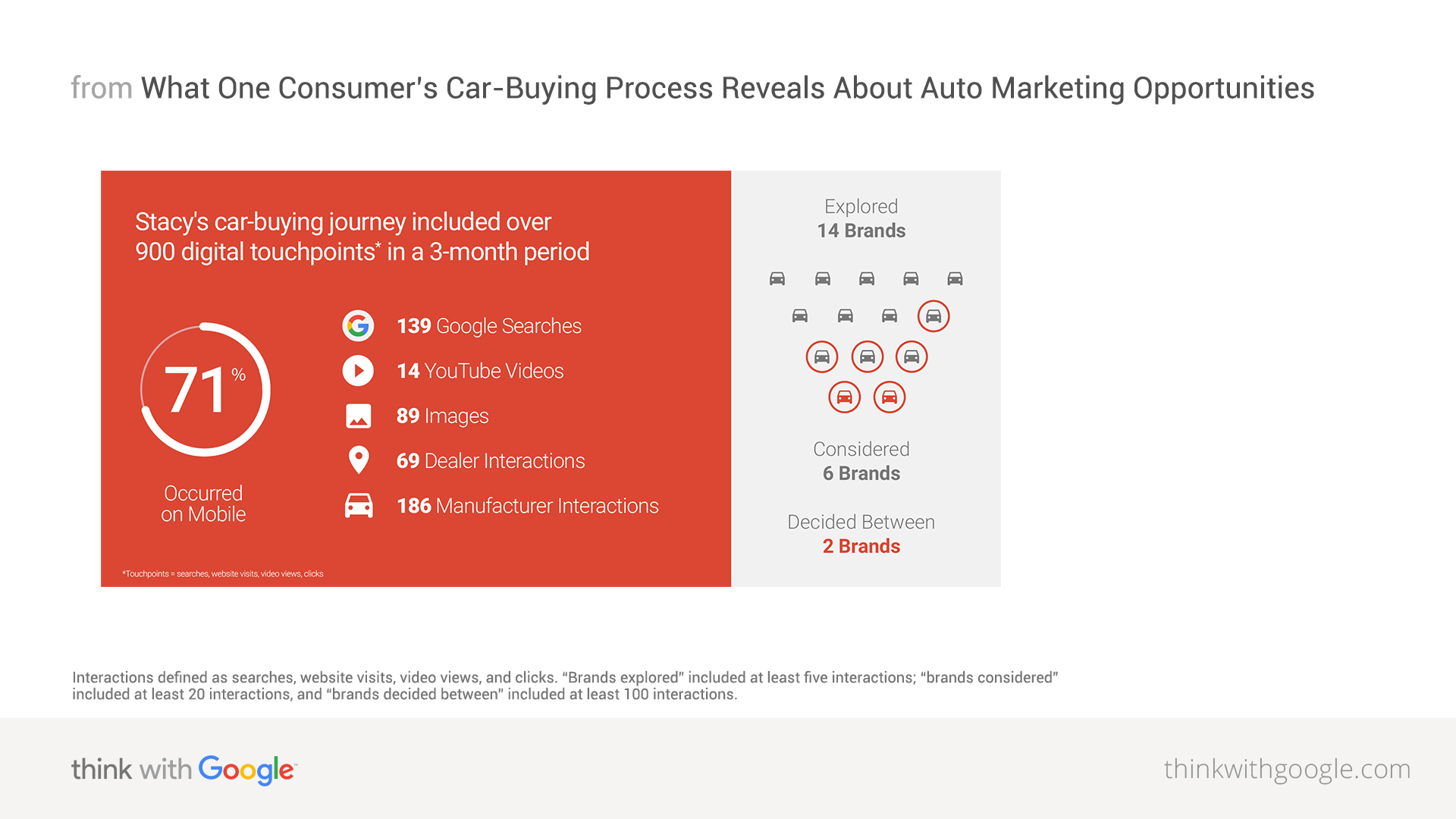The Benefits of Embracing Consumer Privacy for Digital Marketers
Marketers have been tracking behavior, targeting individuals, and gathering endless data with implicit consent for years now. But after recently learning about privacy breaches across social platforms and search engines, consumers have started taking ownership over their data and privacy rights. As this trend becomes more popular the traditional data tracking strategies will likely no longer be a suitable way to pursue leads and revenue.
Privacy is something a lot of marketers, and companies as a whole, are starting to take into consideration as making a core principle of the user-first experience. Privacy and transparency have the potential to shift the focus from getting short-term leads to creating long-term trust and consumer relationships. These factors are what have the potential to make your brand stand out among others and why embracing privacy can actually turn into profit.
Here are 5 reasons why marketers should start embracing privacy:
Gaining customer trust
Embracing transparency is a way to show you’re an accountable brand and deserve the trust of your customers. When you adapt endless paragraphs of legal privacy jargon to a language regular consumers can understand, it won’t seem that you’re trying to hide something or pull a fast one on them. This allows consumers to let their guard down and begin trusting you so you can then start building loyalty.
The opportunity to turn a one-way conversation into a two-way conversation
Obviously you can’t just stop asking for customer data completely, but sending and receiving data from customers is no longer a unidirectional relationship. You don’t want to keep asking for as much data as possible, only the data that really matters. This means you have to rethink how you want to communicate, instead of just continuing to communicate with the data you already have. Once you’re better aware of what the customer really cares about, you can start building a real relationship and starting a two-way conversation. Showing that you actually care about what’s happening in customer’s life is what makes the difference between brands people love and those that get looked over.
The chance to expand business and increase revenue
It’s been found in a privacy study that people are willing to invest more money into brands that are known to respect and protect privacy. The research showed that users are even willing to pay more monthly for services that delete their data immediately. Not only is investing in privacy-oriented marketing an economic win, but the data you do receive is much more meaningful. It will help you to provide offers to customers at the right place, at the right time. You could take that data even further to develop more custom-tailored products or services, generating more revenue and creating more value for your customers and your brand.
Contributing to brand experience
Most companies are trying to comply with privacy regulations, so to stand out you have to be creative. Finding innovative ways to communicate with customers will help build and improve brand experience. The main reason customer data should be used is to improve the experience they have with your company. Which is why it’s important to remember to not ask for too much data, just what’s important and can help contribute back to the customers some how. Brands need to start thinking about creating ideas and experiences that consistently add new value to people’s lives.
Gain better ROI
When you start focusing on privacy-oriented marketing, you’ll also be able to start focusing more on personalized, efficient marketing. You’ll reduce the time spent on non engaged customers, which allows for more time and effort for those who are already involved or open to your brand. You will be able to further understand the customers that do allow you to use their data, enabling you to tailor messages more perfectly for them.
Final Thoughts
Embracing privacy isn’t some new marketing secret weapon, as it’s something that every company should comply with. But when it becomes a core value and naturally integrates with the rest of your customer experience, it can start to set you apart from other brands. Privacy will continue to become more important as users continue to get more savvy. Going beyond the bare minimum will not only allow your company to be ahead of the curve, but will help you to be seen as accountable, secure, and trusted to current and potential customers.
More From Onimod Global
To catch up on the latest digital marketing news and trends, click here. To find out more about who we are and what we do, click here!



